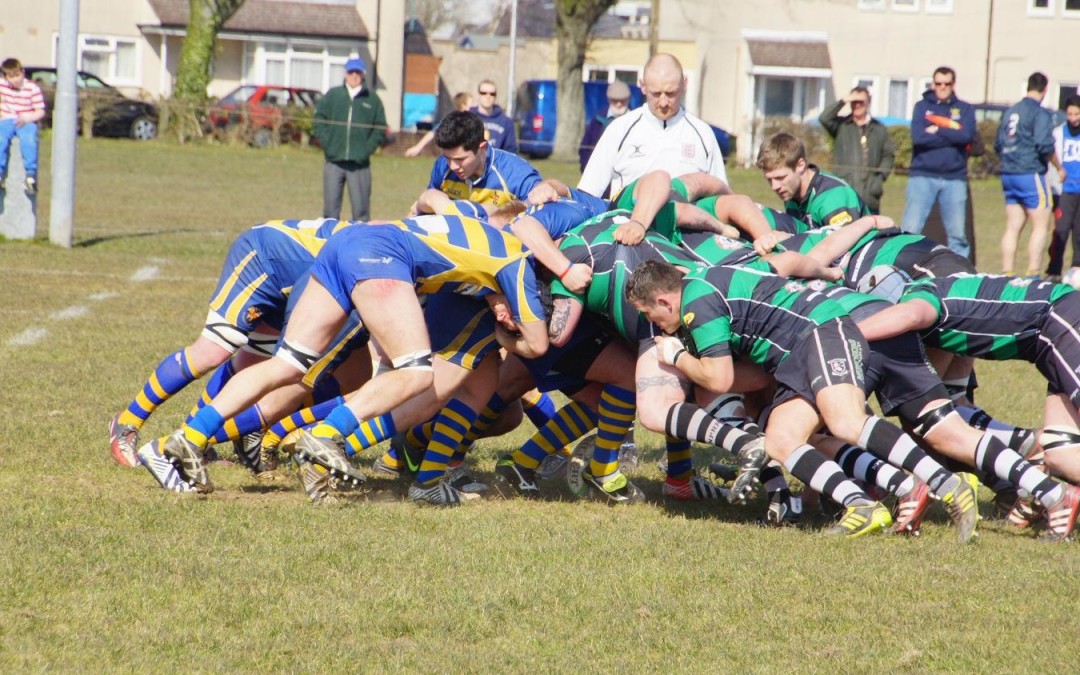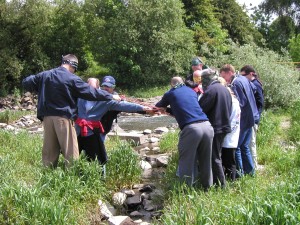Vanessa was excited to join as a partner in “Robust,” a new consulting firm that offered innovative approaches to help organizations improve their performance. The 10 members of the new firm each had successful backgrounds that made them strong candidates for the team. After setting goals, agreeing on work responsibilities, and launching their client connections, early successes poured in. Clients responded very positively to “Robust’s” work and word-of-mouth endorsements boosted its business.
But after the successful launch, the dynamics changed. The managing partner developed other business interests that diverted his attention. The marketing partner wanted to become a consultant and the new client pipeline dried up. Another partner wanted to return to consulting in the IT industry. “Robust” disintegrated as Vanessa and the other partners each went their separate ways.
Every day organizations of all types and in all parts of the world experience similar break ups. Sometimes, as in the case with “Robust,” the company itself disappears. More frequently, individual associates choose to leave for some opportunity they feel better suits their needs.
Cohesion and Breakups
The common thread in all these break ups is a lack of cohesion. Cohesion is the degree to which group members desire to remain in the group. It is the cultural outcome of several factors. Through the years, research has identified these factors as drivers of cohesion:

- Attraction: members show concern for one another, like to be with one another, and like to work together.
- The clarity of and commitment to goals: all members know clearly what they need to deliver and are committed to do so.
- A sense of continual progress toward those goals: everyone likes to be a winner.
- Task Commitment: individuals see how they make a difference in team results and are committed to do things right.
- Task interdependence: team members need each other’s contributions to reach their goals; results are clearly better through their cooperation and teamwork.
- A sense of group pride: members believe they are “the best.”
- Time (quality and quantity) for mutual interaction: when group attraction is high, limited interaction with each other is frustrating.
- Group size of 3-14 persons (ideally): with teams, small is beautiful.
As you can see from this list, cohesion is a blend of task and social factors. If any of them become low on an individual’s satisfaction scale, that person may leave for greener pastures. At “Robust” the goal clarity and task commitment waned among the partners and drove the demise of a promising business venture.
Cohesive Teams Outperform Others
Aside from helping you keep the right people on board, why else should you continuously strengthen the cohesion? Because cohesive teams/organizations are more successful than other groups in achieving their goals and priorities. This point is often misunderstood. It doe not necessarily mean that cohesive groups are always the most productive. That is true only when the group’s goals are the same as the organization’s goals.
5 Steps to Fostering Cohesion
- Hire people who have a track record of working well with others. Recent research identifies “Attraction” as the strongest correlate with cohesion. Attraction means being team minded, cooperative, competent, and showing concern for others.
- Place people where their strengths and interests are highest. Match people’s competencies with their passions and their enthusiasm is contagious to other team members.
- Organize teams for work that requires cooperation to get the job done. Not all work requires teamwork. Where results are achieved by individuals doing their own tasks very well, don’t artificially organize them into teams.
- Keep the teams small. One company had warehouse teams of 40 associates because they all were part of the same function. However, as people actually worked, one could observe the team members clustered around four sub-functions. These became the natural boundaries for effective teamwork.
- Partner with team members to set challenging goals. Associates are motivated by goals they set themselves as opposed to goals handed to them from on high. Inform team members of the business needs and interact with them as they establish their goals.
Originally published in Inside HR http://www.insidehr.com.au/cohesion: the stuff that binds teams together/


